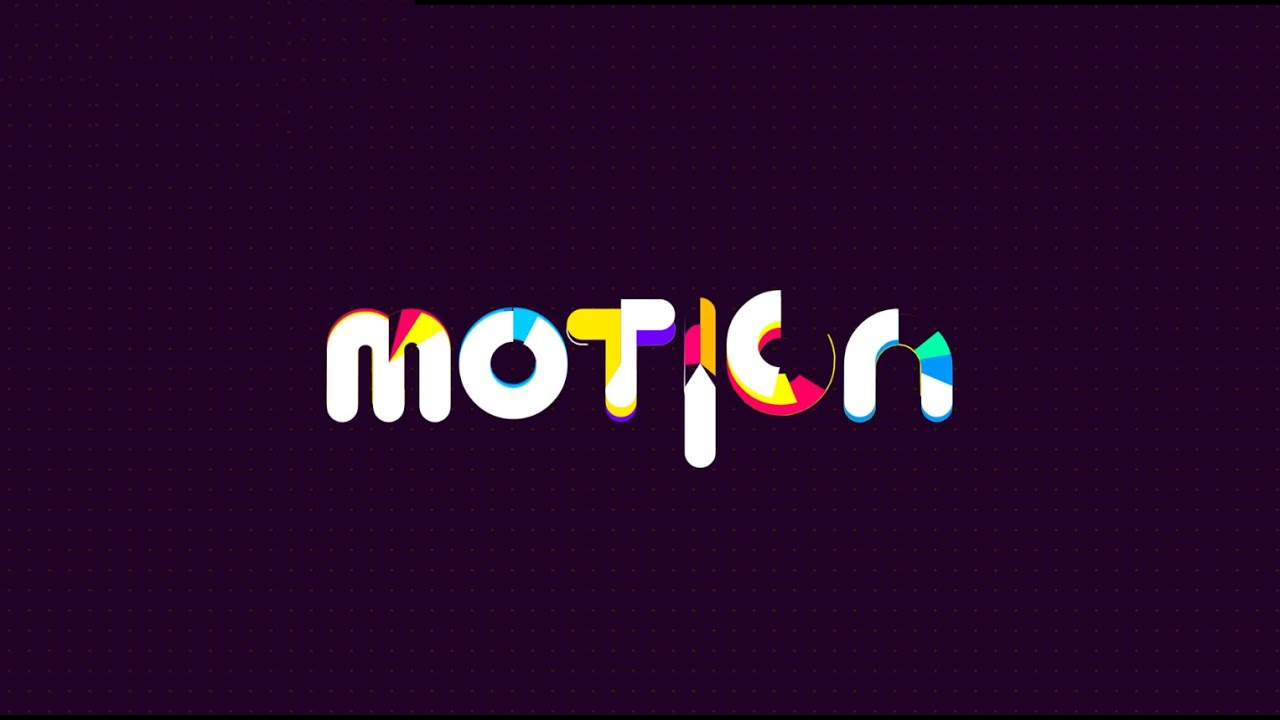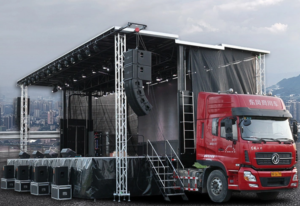Why Your Team Needs a Project Management Dashboard?
Managing a project, especially with a busy team, can be a challenging endeavor. When projects have multiple moving parts, deadlines, and team members involved, it’s easy for tasks and details to get lost. That’s where a project management dashboard comes in. It’s more than just a tool—it’s a central hub for tracking tasks, timelines, resources, and communications all in one place.
Using a project management dashboard can streamline your processes, increase transparency, and boost productivity. In this article, we’ll explore why your team needs a project management dashboard, how it enhances productivity, and tips for making the most of it.
What is a Project Management Dashboard?
A project management dashboard is a visual tool that centralizes all project-related information, helping teams monitor progress, track deadlines, and manage resources in real time. It’s like having a control center for your projects, giving your team a high-level view of what’s happening at any given moment.
Key Components of a Project Management Dashboard
- Task Tracking: Monitor individual tasks, assignments, and due dates.
- Timeline Views: Use Gantt charts or calendar views to visualize project timelines.
- Reporting and Analytics: Generate reports on project progress, completion rates, and team productivity.
- Communication Tools: Consolidate communication in one place, reducing the need for excessive emails and meetings.
With a project management dashboard, all project data is at your team’s fingertips, allowing for better coordination and decision-making.
Key Benefits of a Project Management Dashboard for Your Team
A project management dashboard brings several advantages to the table, transforming the way your team handles projects. Here are some of the primary benefits:
Improve Organization and Visibility
- Centralized Information: All relevant data, from task status to deadlines, is available in one location, making it easier to keep track of the project as a whole.
- Clear Overview: Dashboards provide a high-level overview of project status, allowing your team to understand priorities and requirements at a glance.
Enhance Team Collaboration and Communication
- Unified Platform: With all information in one place, team members can easily collaborate, share updates, and address issues.
- Real-Time Updates: Dashboards allow team members to see real-time changes, reducing miscommunication and aligning everyone on the project’s current state.
Enable Real-Time Data and Reporting
- Instant Insights: Track project progress instantly with data-driven insights, helping you make more informed decisions.
- Performance Monitoring: Regular reporting tools can help managers track team performance, resource allocation, and project timelines.
Streamline Resource Management and Scheduling
- Effective Resource Allocation: By tracking who is working on what, project managers can allocate resources more effectively and ensure that no one is overwhelmed.
- Reduced Bottlenecks: Dashboards help identify areas where resources are stretched thin, allowing teams to shift resources as needed to meet deadlines.
Boost Accountability and Transparency
- Increased Accountability: With assigned tasks visible to everyone, team members are more accountable for their responsibilities.
- Transparent Workflow: Managers and team members can easily track who is responsible for what, leading to a more transparent work environment.
How a Project Management Dashboard Can Improve Team Efficiency
When it comes to enhancing productivity, a project management dashboard can be a game-changer. Here’s how it can make your team more efficient:
Track Task Progress in Real Time
- Instant Progress Tracking: Dashboards allow you to see each task’s progress in real time, so you know exactly where the project stands.
- Identify Roadblocks Early: By having a real-time view, you can identify any potential issues early on and take steps to address them before they derail the project.
Enable Better Prioritization and Time Management
- Focus on Priorities: Dashboards highlight the most critical tasks, helping team members focus on what’s important and meet deadlines.
- Manage Time Effectively: A project dashboard allows for easy tracking of time spent on each task, helping team members manage their time effectively.
Reduce the Need for Status Update Meetings
- Cut Down on Meetings: With all the latest information on the dashboard, you’ll reduce the need for frequent status updates, freeing up time for actual work.
- Encourage Asynchronous Communication: Dashboards allow team members to leave updates without needing to sync up in person, which is particularly helpful for remote teams.
Provide a Centralized Communication Hub
- One-Stop Communication: With chat functions, comments, and tagging options, your team can communicate directly within the dashboard.
- Minimize Email Overload: Fewer emails mean less clutter and more focused communication on the platform.
Features to Look for in a Project Management Dashboard
Choosing the right project management dashboard can make all the difference. Look for these features to maximize your team’s efficiency:
Task Assignment and Tracking
- Clear Task Assignment: Ensure the tool allows managers to assign tasks clearly and track their progress.
- Task Dependencies: Some tasks depend on others. A good dashboard lets you visualize these relationships and sequence tasks accordingly.
Project Timelines and Gantt Charts
- Visualize Deadlines: Gantt charts or timeline views offer a visual way to see the entire project’s timeline, which is crucial for planning and coordination.
- Set Milestones: Milestones keep your team focused and help break down larger projects into manageable sections.
Reporting and Analytics Tools
- Data-Driven Insights: Look for a dashboard that provides real-time analytics on project progress, team performance, and productivity.
- Customizable Reports: Tailor your reports to track metrics most relevant to your team’s goals.
Customization Options for Specific Team Needs
- Flexible Dashboard Views: Customizable views allow team members to set up their dashboards to display the most relevant information.
- Personalized Workspaces: Some dashboards let users create personalized spaces, so everyone can organize their tasks in a way that suits them best.
Integration with Other Tools
- Sync with Calendars and Files: Integration with tools like Google Calendar, Microsoft Office, or file storage systems ensures seamless workflows.
- Automate Tasks and Reminders: Many dashboards can automate repetitive tasks and send reminders, keeping everyone on track.
Practical Tips for Getting the Most Out of Your Project Management Dashboard
A project management dashboard is only as effective as its usage. Here are some practical tips for maximizing its potential:
- Encourage Regular Updates: Have team members update their task statuses regularly to keep information current.
- Set Up Notifications: Use automated reminders for important tasks and deadlines to help everyone stay on track.
- Customize Views for Different Roles: Tailor the dashboard view based on roles—project managers might need a high-level view, while team members benefit from task-specific views.
- Use it to Forecast Challenges: Monitor project data to identify potential delays or resource constraints early and address them proactively.
With these tips, your team can use a project management dashboard to work more efficiently and collaboratively.
Conclusion
A project management dashboard is an indispensable tool for any team looking to improve organization, streamline communication, and enhance overall productivity. By providing a centralized hub for task tracking, timelines, and communication, it empowers teams to work more cohesively and stay aligned with project goals.
Embracing a project management dashboard can transform your workflow, creating a more organized and accountable team environment. If you haven’t already, consider implementing a dashboard to see how it can enhance your team’s productivity and lead your projects to success.














Post Comment